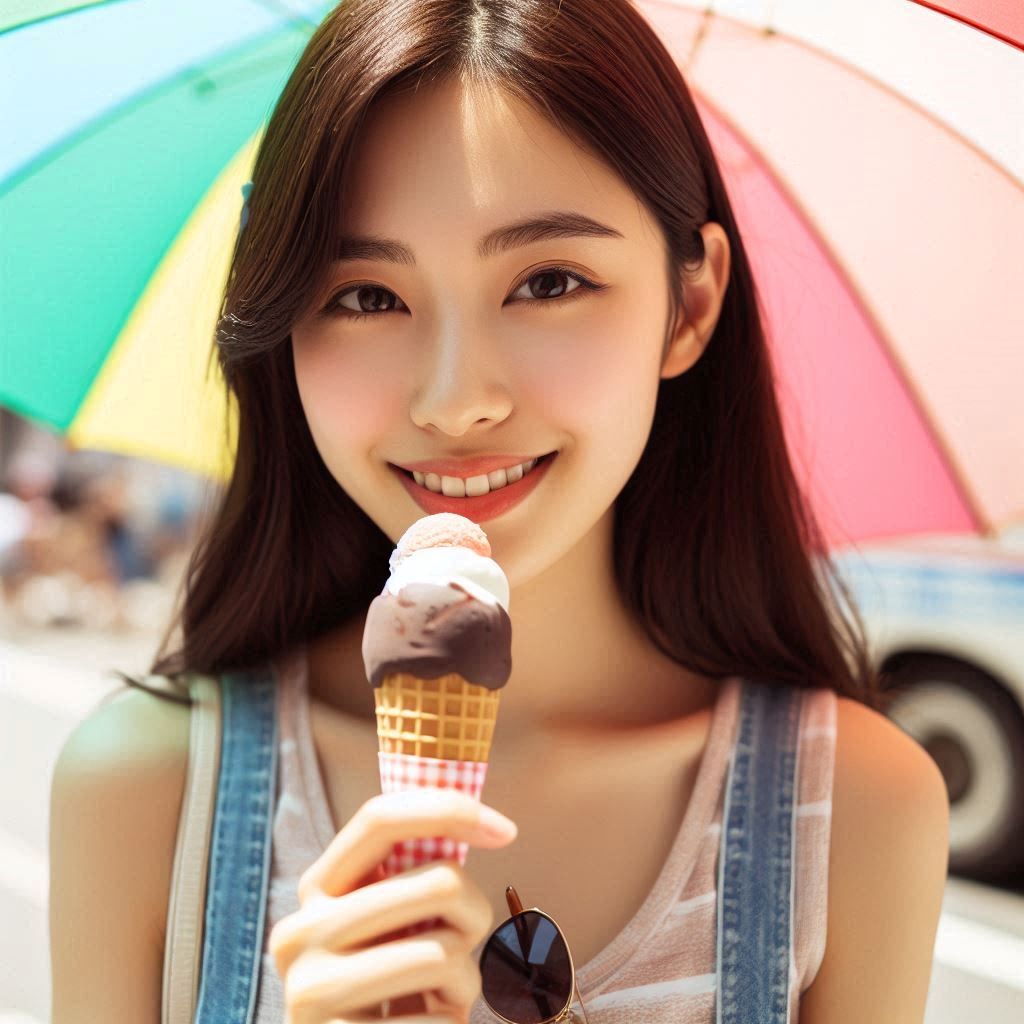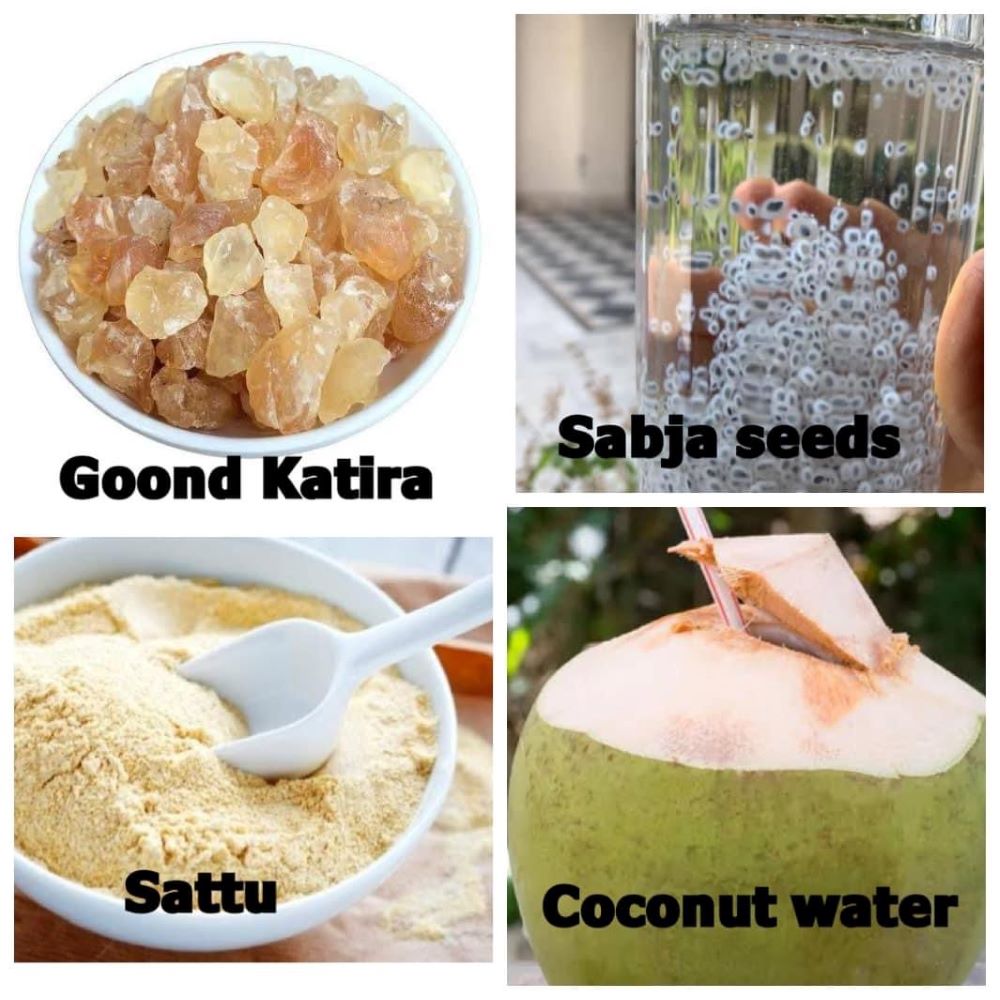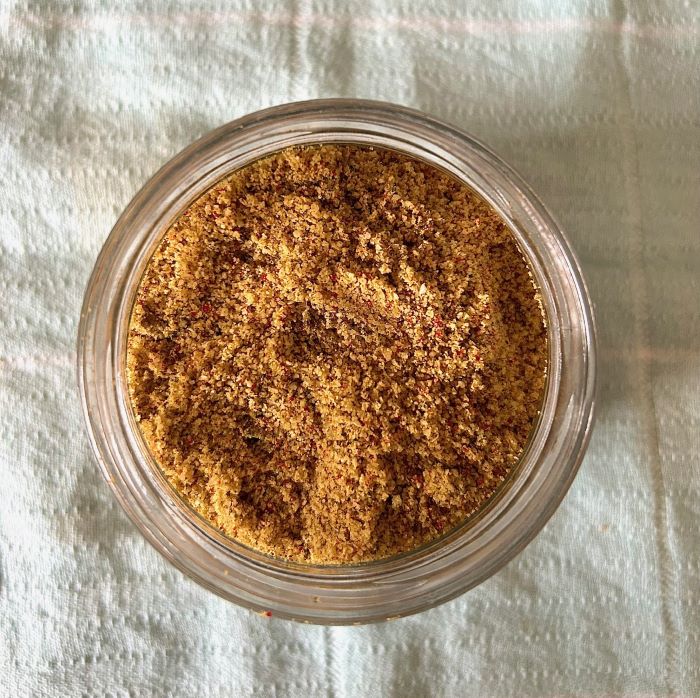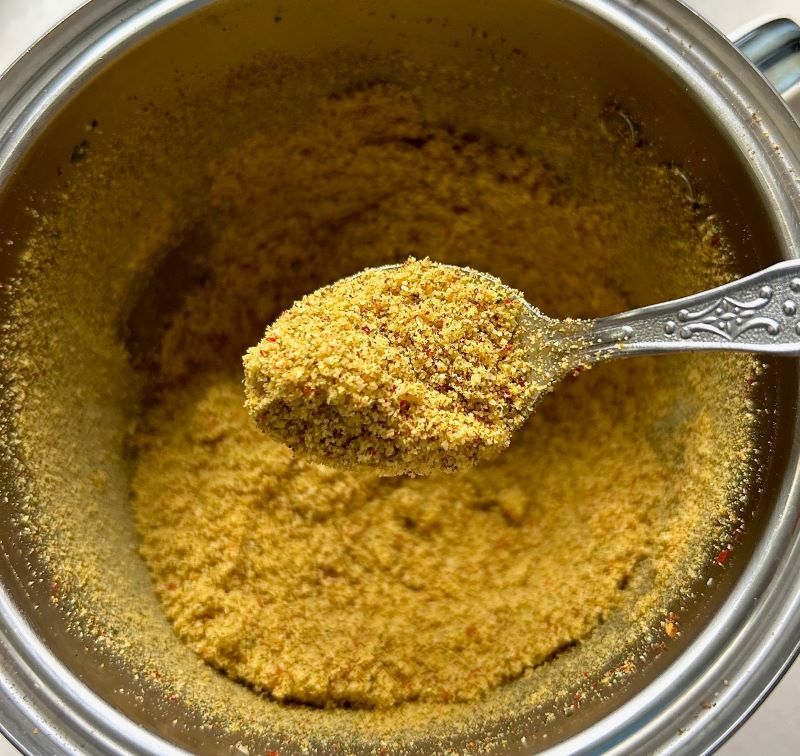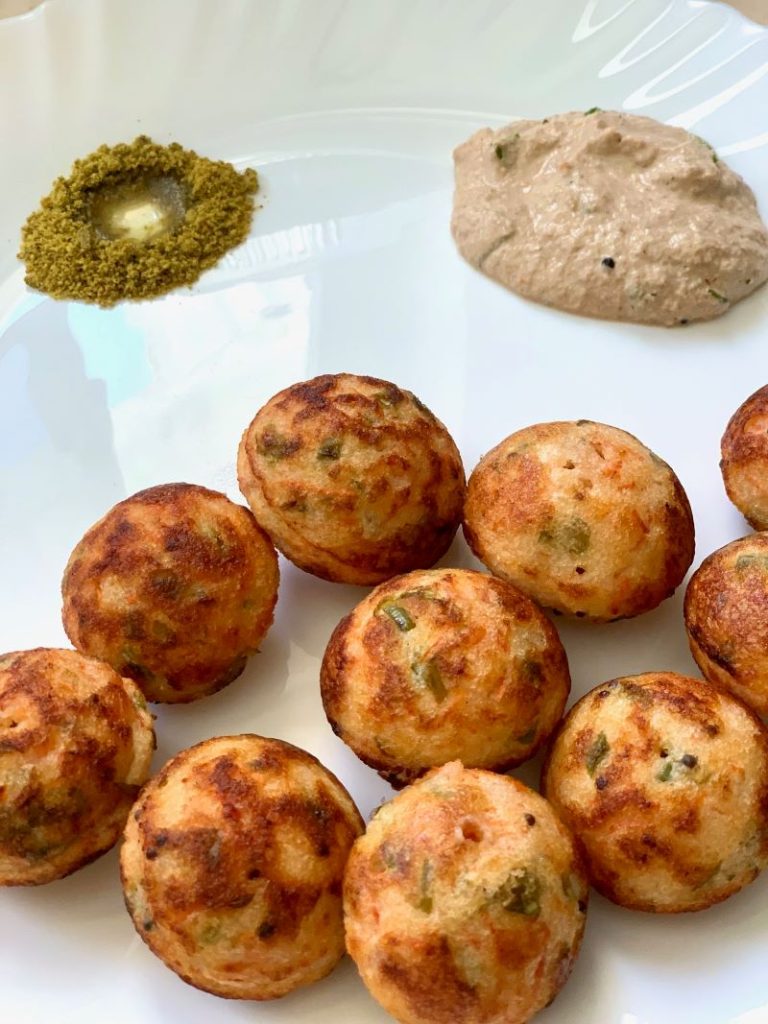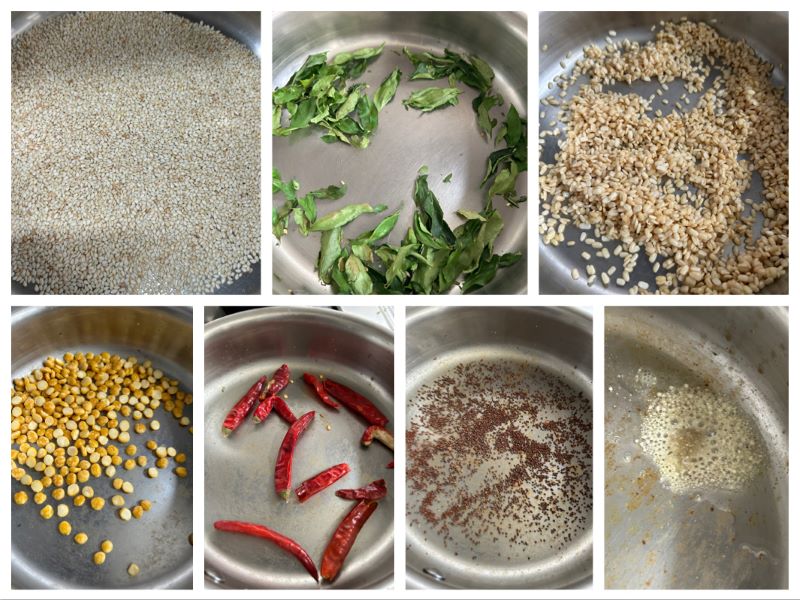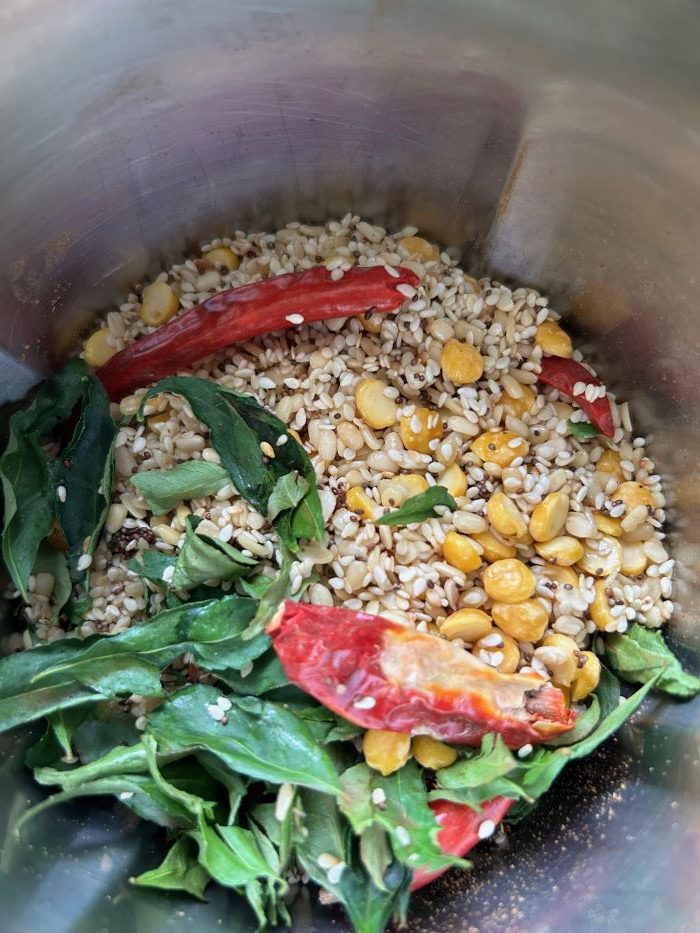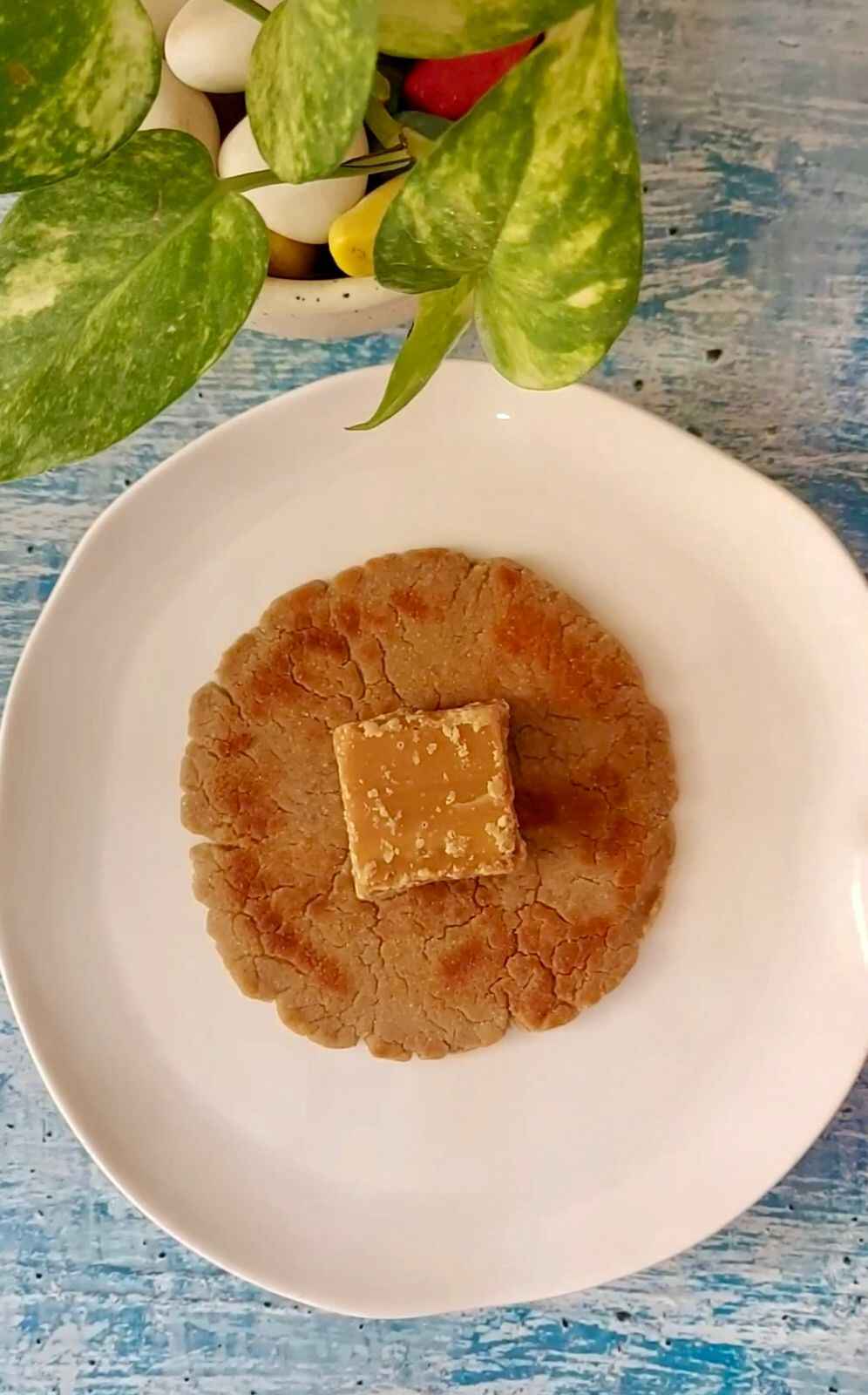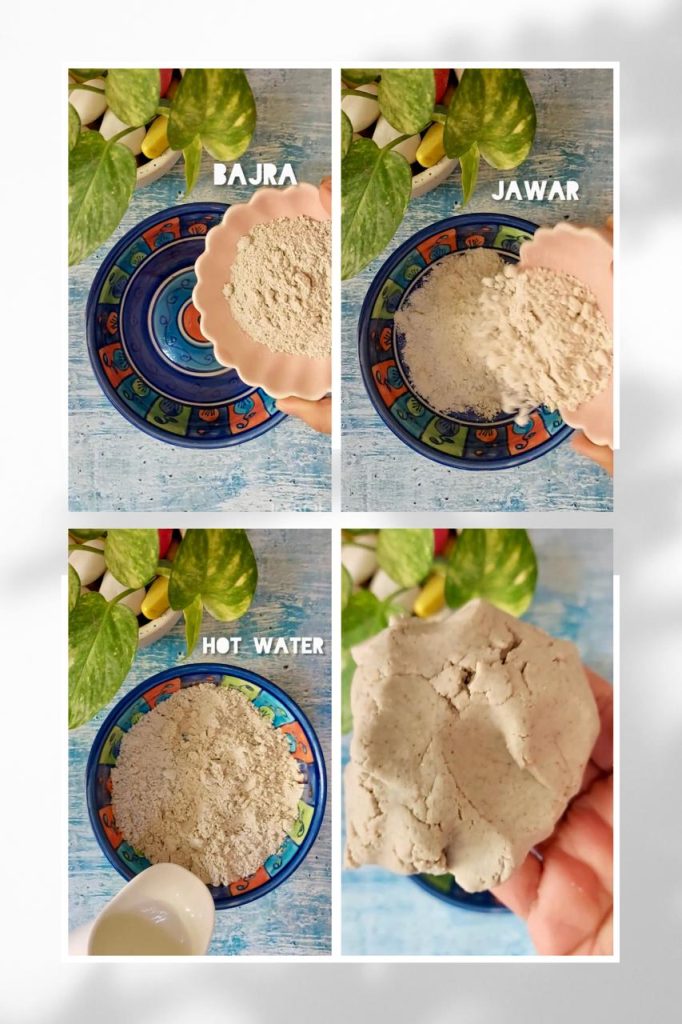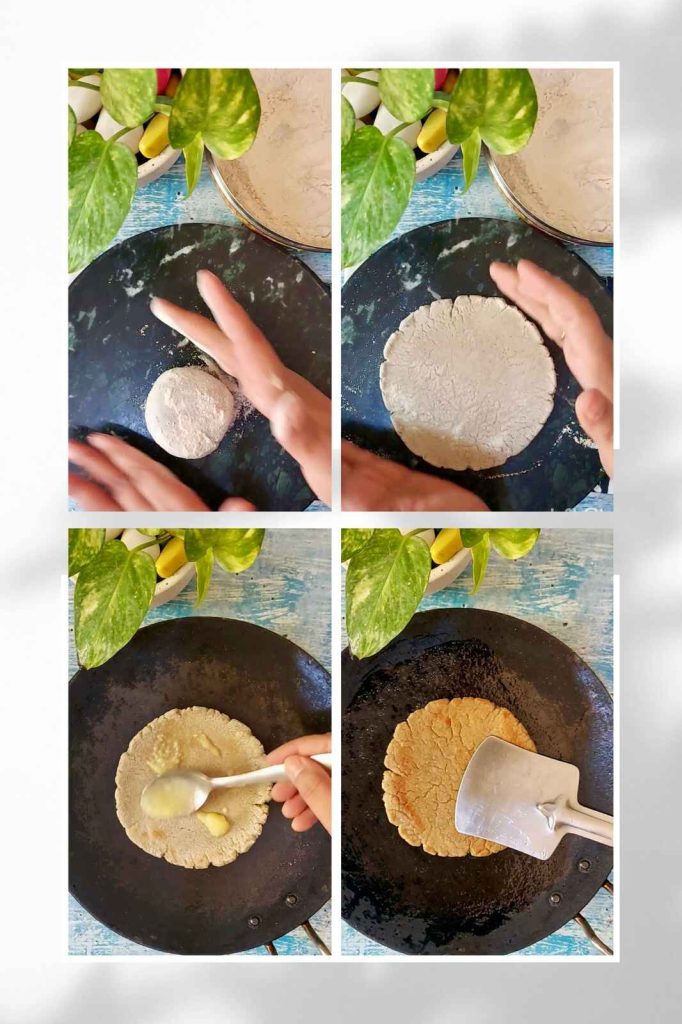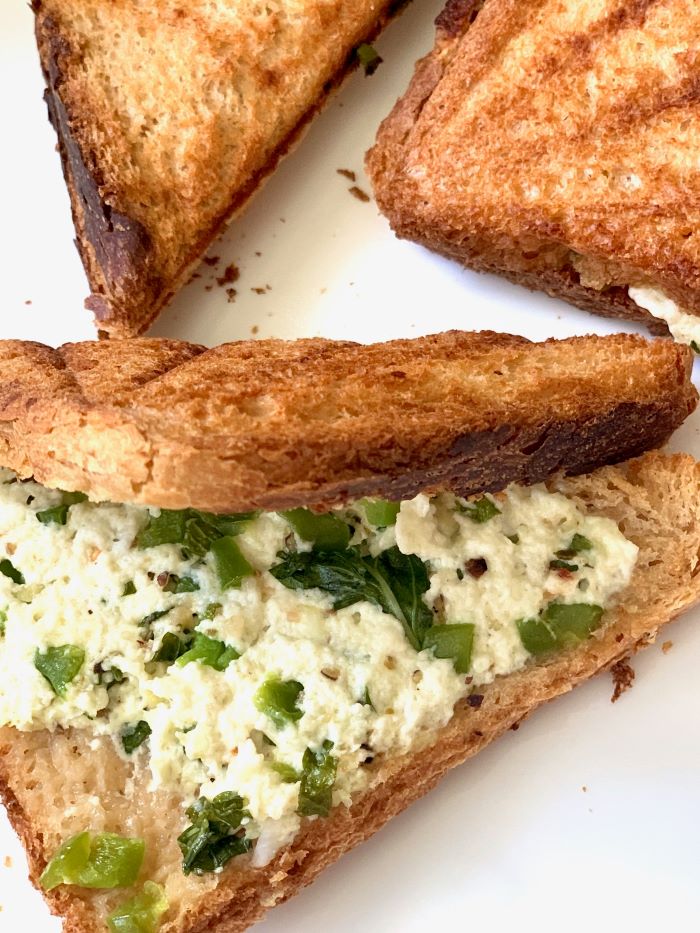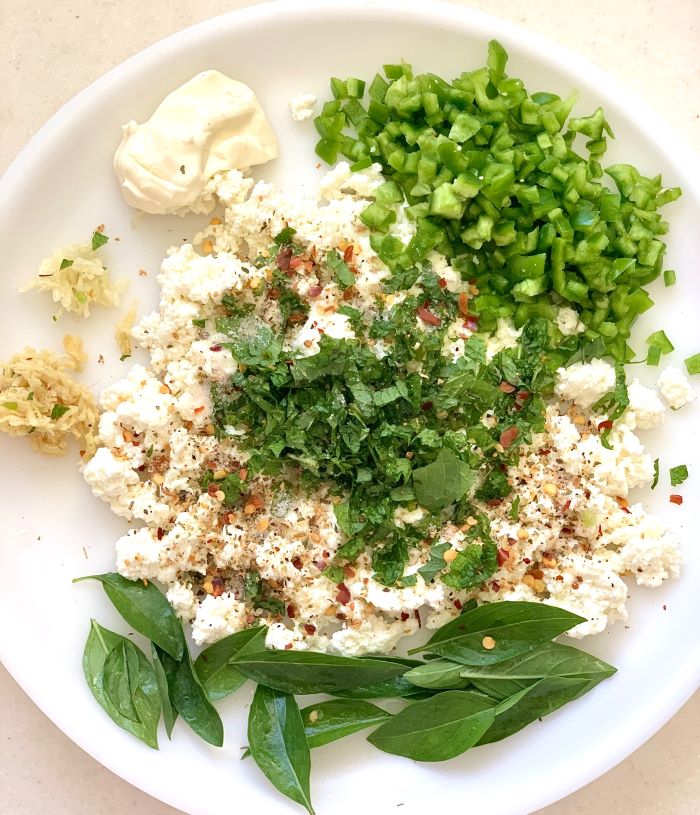
Sometimes, the best way to enjoy fresh veggies is a simple sauté. I love doing this with zucchini, especially because it cooks up quickly. Skillet sautéed mushroom and zucchini is fresh, healthy and absolutely delicious side dish. This is sautéed to crispy tenderness with garlic, scallions, butter, olive oil and mild spices. It is quick, easy and wholesome. Even kids will love it as a side.
Pair these veggies with scrambled eggs, omelette or roasted chicken. For vegetarians and vegans you can add Indian cottage cheese or tofu to it for protein. It could be your perfect light meal in summers. I paired it with omelette and a toast for breakfast.

Tips for sautéing Zucchini to prevent it from getting Soggy
- Since zucchini contain a large amount of water content, it is best to sauté it at on a high flame. It allows the moisture to evaporate at a quicker rate, allowing the zucchini to brown. It also shortens the cooking time.
- Be mindful when cutting the zucchini. Smaller and uneven pieces can burn more easily at high temperature.
- Don’t overcrowd the zucchini in the pan. This will cause the zucchini to steam and not get browning effect.
Recipe: serves 3
Ingredients
- Zucchini: 2 cups, cut into roundels of roughly 1/2 cm thickness
- Mushroom: 250 grams, chopped length wise
- Garlic: 3-4 large cloves, cut thinly
- Scallions: 2, chopped with greens
- Salt and pepper to taste
- Italian Seasoning: 1/2 tsp
- Red Chilli flakes: 1/2 tsp or less
- Butter: 20 grams
- Olive Oil: 1 tbsp
- Lemon juice: 1 tsp
Instructions
- Bring cast iron skillet to medium heat. Add half of butter and olive oil.
- Increase the flame and add zucchini. Sauté at high flame for 3-4 minutes. Remove it from the skillet and set aside.
- Now add remaining half of the butter and oil and sauté garlic till it becomes lightish brown.
- Then add mushrooms and cook for a minute.
- Season mushrooms with some salt and pepper and then add scallions and scallions greens. Cook everything for 4-5 minutes or till mushrooms soften and become brown.
- Return zucchini to the skillet. Add Italian seasoning and red chilli flakes if using. Mix well and cook for another minute on high flame.
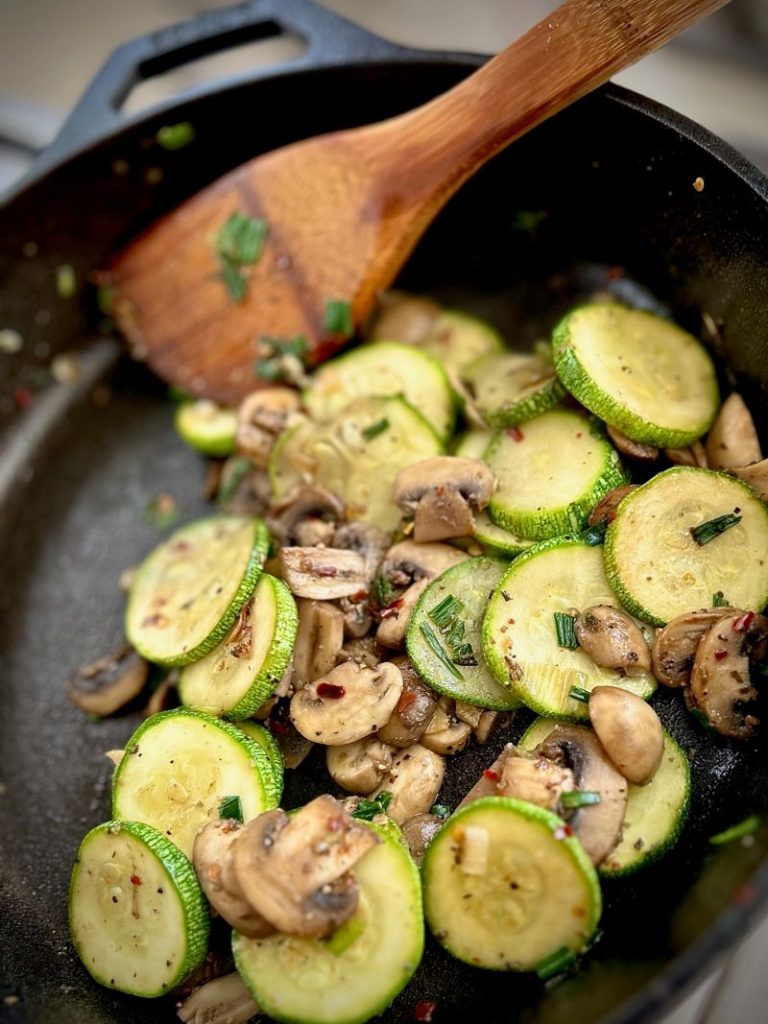
- Taste for salt and other seasoning. Add more if required.
- Remove skillet from flame and finish it with lemon juice.
Enjoy the goodness! 🙂
I hope you enjoyed reading this recipe. Do give this recipe a shot. I am sure this recipe will bring you a lot of joy. If you try this recipe, do give us a shout out. Just click a picture and tag us on @masala.monk or use the hashtag #MasalaMonkRecipe and share on Instagram and Facebook. We would love to hear from you. Happy Cooking!

